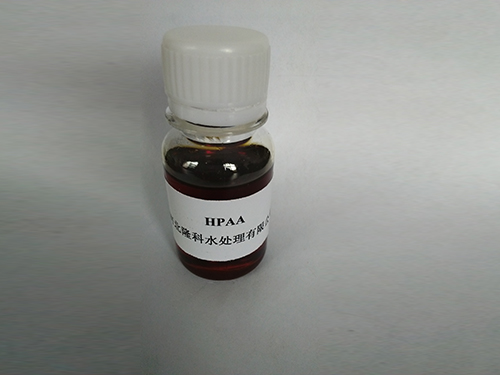flocculant chemical
Understanding Flocculant Chemicals Their Role and Importance
Flocculant chemicals play a crucial role in water treatment processes across various industries, including municipal water treatment, mining, and pharmaceuticals. These substances are primarily used to aggregate fine particulates into larger clusters, or flocs, which can then be easily removed from liquids, thus enhancing the clarity and quality of water. The effectiveness of flocculants can drastically improve the efficiency of filtration and sedimentation processes, making them indispensable in maintaining water quality.
Flocculants are typically categorized into natural and synthetic types. Natural flocculants are derived from organic materials, such as polysaccharides and proteins, and are often biodegradable and environmentally friendly. Examples include starches, guar gum, and various plant extracts. Synthetic flocculants, on the other hand, are chemically manufactured and can be tailored to specific applications. Common synthetic flocculants include polyacrylamides and polysilicates, which are designed to work effectively in diverse conditions, including varying pH levels and temperatures.
The application of flocculant chemicals can be observed in a range of processes. In municipal water treatment, they assist in the removal of suspended solids, pathogens, and other impurities, thereby ensuring safe drinking water for the community. In the mining industry, flocculants help in the separation of valuable minerals from waste materials, promoting both efficiency and environmental sustainability. Additionally, in wastewater treatment, flocculants aid in the clarification of effluents, making it easier to meet regulatory standards before discharge.
flocculant chemical

One of the key factors to consider when using flocculants is the dosage. Each application requires a specific amount of flocculant to achieve optimal results. Too little may lead to inadequate floc formation, while excessive use can cause operational difficulties and increase costs. Therefore, conducting jar tests or pilot studies is essential to determine the correct dosage for individual circumstances.
The environmental impact of flocculants is another important consideration. While many natural flocculants are environmentally benign, some synthetic options can pose risks if not handled correctly. It is crucial for industries to choose flocculants that minimize ecological footprints and comply with environmental regulations. Furthermore, proper disposal of floc waste is vital to prevent contamination of water sources.
In conclusion, flocculant chemicals are essential agents in the treatment and management of water across various sectors. Their ability to facilitate the removal of impurities enhances water quality, supports industrial processes, and contributes to environmental protection. As industries continue to evolve and environmental concerns grow, the development and application of efficient, safe, and sustainable flocculants will remain a significant focus, ensuring that we can responsibly manage our water resources while meeting the demands of modern society.
-
lk-319-special-scale-and-corrosion-inhibitor-for-steel-plants-advanced-solutions-for-industrial-water-systemsNewsAug.22,2025
-
flocculant-water-treatment-essential-chemical-solutions-for-purification-processesNewsAug.22,2025
-
isothiazolinones-versatile-microbial-control-agents-for-industrial-and-consumer-applicationsNewsAug.22,2025
-
scale-inhibitor-key-solutions-for-water-system-scale-preventionNewsAug.22,2025
-
organophosphonates-versatile-scale-inhibitors-for-industrial-water-systemsNewsAug.22,2025
-
scale-and-corrosion-inhibitor-essential-chemical-solutions-for-water-system-maintenanceNewsAug.22,2025





